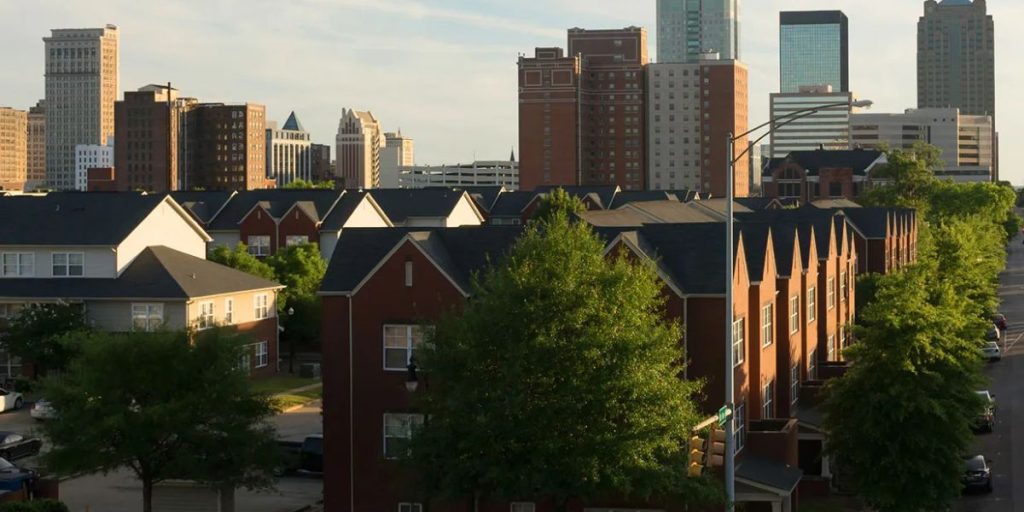Alabama, known for its stunning beaches, rich history, and welcoming southern charm, faces challenges with rising crime rates in some of its neighborhoods.
Despite a recent decline in overall crime across the state, numerous neighborhoods still experience elevated crime rates. This piece delves into five areas in Alabama that experience elevated crime rates.
It’s essential to keep in mind that crime rates fluctuate and can vary over time. This information serves as a starting point for a broader conversation about ensuring safety within the community and exploring potential solutions.
Fairfield
Fairfield ranks as the most dangerous city in Alabama. This suburb in western Jefferson County boasts a staggering crime rate of 7,180 per 100,000 population, marking it as the highest in the state.
Fairfield, home to approximately 10,000 residents, experiences a crime rate that significantly exceeds the national average by 311%.
Gadsden
Gadsden stands out as one of the most perilous cities in Alabama. Gadsden’s economy has faced a steady downturn in recent decades, even though the city was once a significant hub for manufacturing.
Gadsden’s crime rate, encompassing a population of 33,739, is alarmingly 290% higher than the national average. Gadsden grapples with significant hurdles as its yearly earnings fall 37% below the national average, contributing to ongoing issues with unemployment and poverty.
Birmingham

Birmingham is listed as one of the most perilous cities in Alabama. Birmingham, a prominent city in Alabama, serves as a key regional hub for the Piedmont and Appalachian areas of the state.
Birmingham, home to approximately 197,575 residents, experiences a crime rate that exceeds the national average by 251%.
Anniston
Once celebrated as “The Model City,” Anniston has now gained a reputation as one of the most perilous places in Alabama. Anniston, home to 21,654 residents, experiences a crime rate that exceeds the national average by 156%.
The shutdown of the local military installation, Fort McLellon, during the 1990s resulted in significant job losses and heightened vulnerability in Anniston.
Tarrant
Tarrant ranks as one of the most hazardous cities in Alabama too. Tarrant, a quaint community near Birmingham, serves as a hub for the local coal industry.
The city, home to 6,124 residents, experiences a crime rate that surpasses the national average by 229%. Common offenses consist of break-ins, larcenies, hold-ups, and attacks.
Assessing the Risks in Alabama
Alabama reports 411 violent crimes for every 100,000 residents, reflecting a 3% increase over the national average, indicating a marginally elevated crime rate compared to the overall United States.
Alabama experiences one of the highest murder rates across the country. Alabama’s homicide rate stands at 10.9 per 100,000, making it the fourth highest in the nation and nearly double the national average.
Alabama boasts impressive property crime rates, standing 13% below the national average.
The Last Remark
It’s important to remember that crime statistics represent just a part of the overall narrative. While this material serves as a helpful starting point, it lacks comprehensiveness.
Numerous factors shape the crime rate in a community, and identifying the underlying causes is crucial for developing effective solutions.
A collaborative effort among locals, civic leaders, and law enforcement can lead to a safer environment for all in Alabama. These areas could lead to a brighter tomorrow through investments in social initiatives, enhancing economic opportunities, and fostering community spirit.